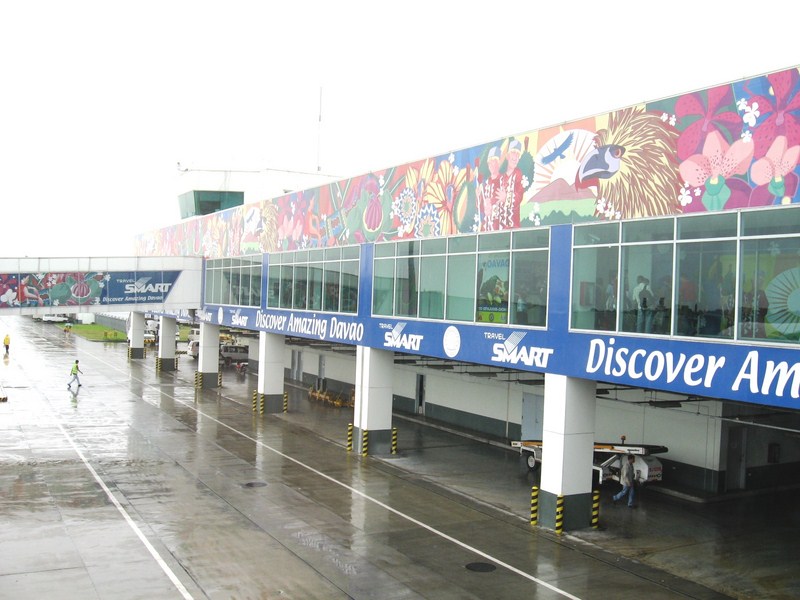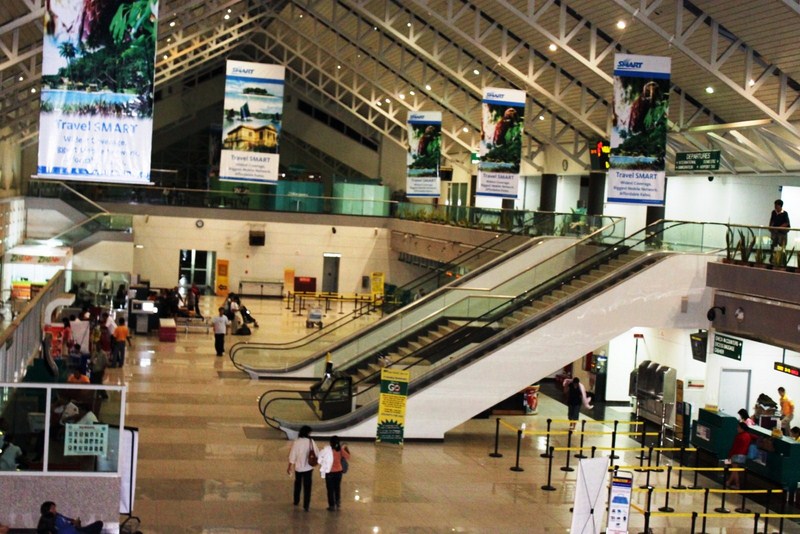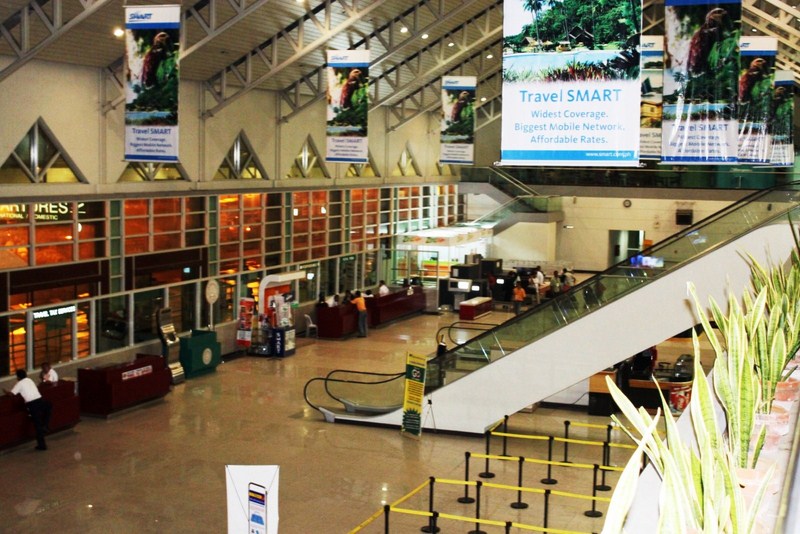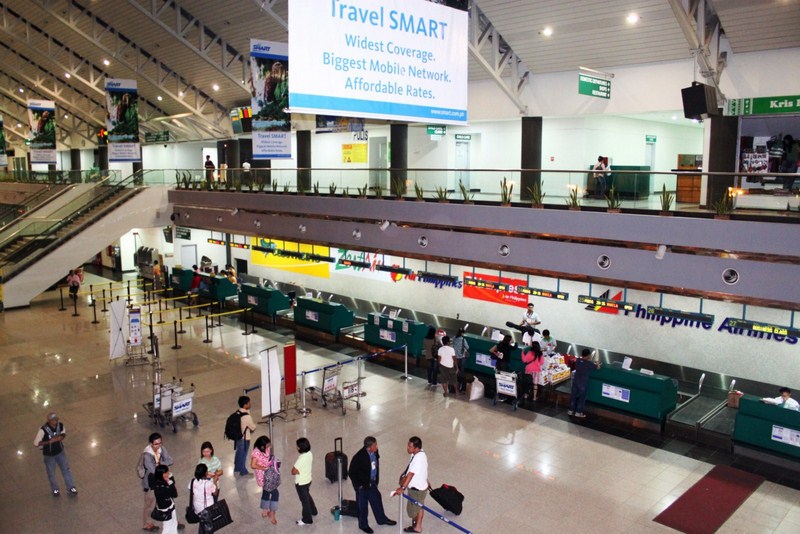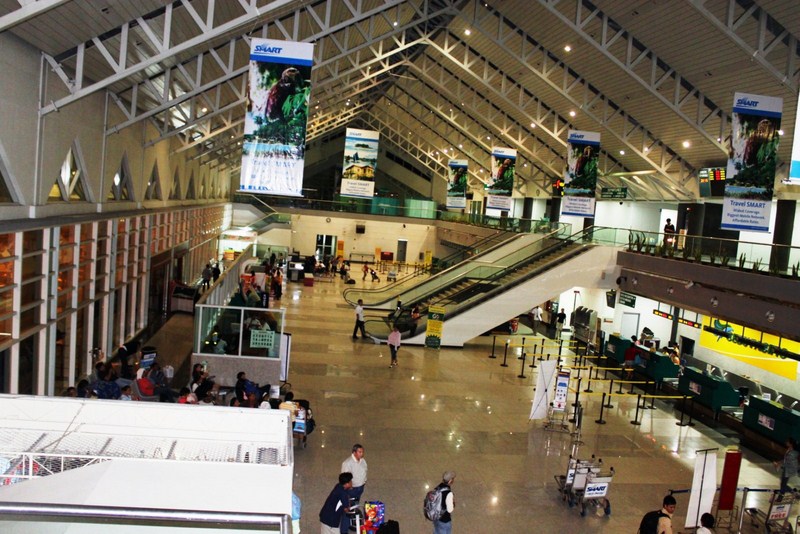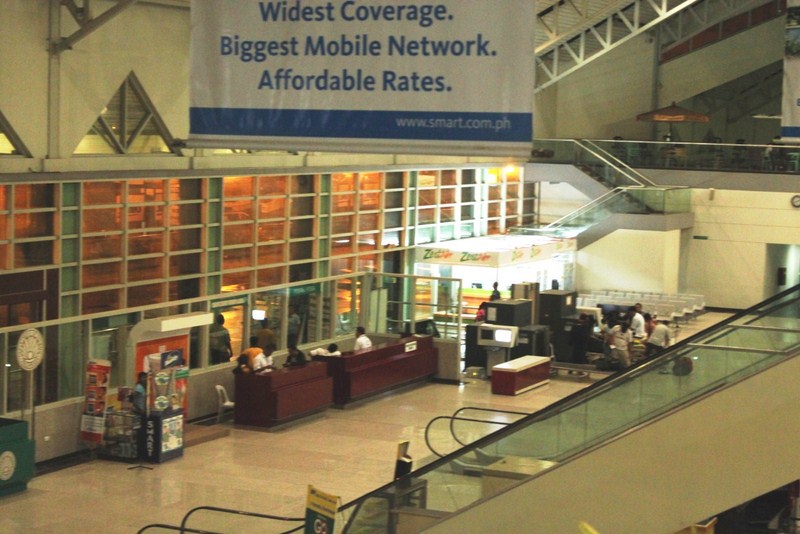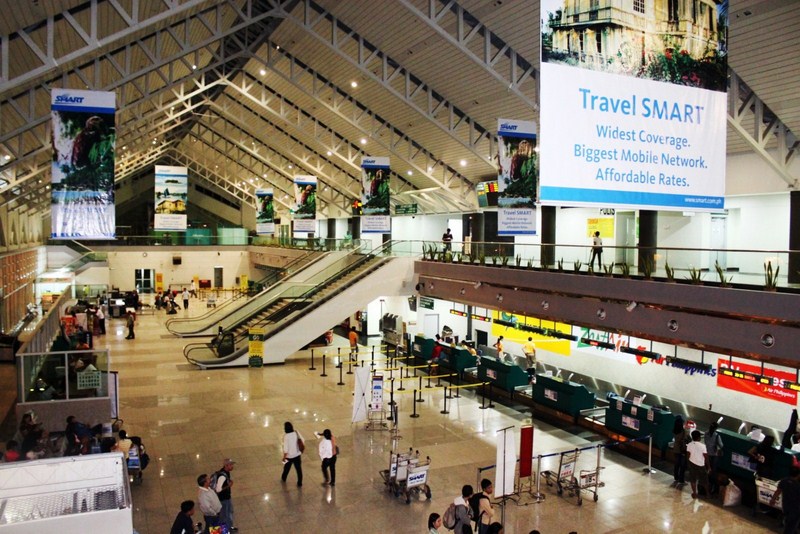Our gateway to Samal Island and its Pearl Farm Resort was the Francisco Bangoy International Airport, the main airport serving Davao City and the entire Davao Region in the Philippines, also commonly known as Davao International Airport (IATA: DVO, ICAO: RPMD).
Check out “Pearl Farm Resort“
Here are some interesting trivia regarding the airport:
- The airport is designed to handle approximately 2 million passengers annually
- It is Mindanao’s busiest airport and is also the third busiest airport in the Philippines after Ninoy Aquino International Airport in Manila and Mactan–Cebu International Airport in Lapu-Lapu, Cebu.
- The Antonov An-124(the fourth largest plane in the world, next to the Boeing 747-8) is, by far, the largest aircraft to land at the airport.
- The airport was named after Don Francisco Bangoy, patriarch of an influential family who later served as the city’s congressman.
Here is the historical timeline of the airport:
- In the 1940s, Don Francisco Bangoy donated the land where the airport sits on. At the time it began operation, the airport merely consisted of a 1,200 m. long unpaved grass runway with quonset huts serving as terminal buildings.
- Throughout much of the 1940s and 1950s, Philippine Airlines and the Philippine Air Force provided air service to the city.
- By 1959, the complex consisted of a small control tower and several low-rise buildings.
- During the latter stages of Paciano Bangoy’s gubernatorial term, right of way and access to the terminal buildings and the airport was improved through further donation of land by Bangoy.
- In 1980, a new terminal, designed by Filipino architect Leandro Locsin, with a capacity of one million passengers, was constructed and the runway was progressively extended from its original length of 1,200 m. to its current 3,000 m.. Then-Congressman Manuel Garcia, whose congressional district covers the airport perimeter, funded both projects.
- In 2000, construction began on a new, larger Php2.7 billion (US$128 million) terminal building which would consolidate the Php15 million interim international terminal and the airport’s then-existing terminal.
- In 2001, the new 3,000 m. long runway (extended from its previous length of 2,500 m. to accommodate future international flights) was completed.
- On December 2, 2003, the new terminal was inaugurated.
- On November 12, 2007, Cebu Pacific announced the airport as its third hub.
- On March 26, 2018, Philippine Airlines, the country’s flag carrier, announced the airport as its third hub.
The two-level Malay architecture-inspired passenger terminal, with double the capacity of the old terminal, has an approximate area of 17,500 sq. m. (188,000 sq. ft), four times larger than the old terminal. It is fully computerized, more secure and has more commercial spaces for concessionaires (approximately 9,000 sq. m. or 97,000 sq. ft.) of gross leasable area.
For passenger boarding, it has four jet bridges plus a Flight Information Display System and closed-circuit television system that complements the terminal’s security system. The latest navigational, security and baggage handling equipment also complements the added capacity.
To handle a steady flow of passenger traffic, the terminal has 14 domestic and 14 international check-in counters equipped with electronic weighing scales and conveyors and a computerized its baggage handling system. It also has 2 arrival areas (domestic and international), with 2 baggage conveyors each. The cargo terminal building, covering almost 5,580 sq. m. (60,100 sq. ft.), can handle up to 84,600 metric tons (83,300 long tons; 93,300 short tons) of cargo annually.
Besides the main terminal building, there are also new support facilities like the Administration Building, Airfield Maintenance Building, Central Plant Building, Hangar for Military and Training aircraft and Fire/Crash/Rescue Building. It has an 800-slot car parking area and 4 slots for shuttle buses. It has a 3-megawatt (4,000 hp) standby power generator.
The airport has a single 3,000-m. (9,800 ft.) long by 45-m. (148 ft.) wide precision runway that can handle basically all passenger wide-bodied aircraft (including the Airbus A380). Two turning pads at each end of it, which help aircraft make a back track, complement the runway.
The installation of a new instrument landing system (ILS), for both Runways 05 and 23, upgraded its compliance to International Civil Aviation Organization (ICAO) operating category-Precision Approach Category 1. Depending on size, it can accommodate 8 to 10 aircraft landings per hour and has the equivalent 9 gate holding areas for those aircraft.
The airport has also 2 dual access taxiways. Taxiways A3 and A4 are used to access the new ramp and terminal while taxiways B and C are used for access to the old airport ramp.
Today, Philippine Airlines, All Nippon, Cebu Pacific Air and South East Asian Airlines operate more frequently here. The most popular sectors from Davao are Davao to Manila, Davao to Cebu with 375, 152 weekly flights respectively.
Francisco Bangoy International Airport: Daan Maharlika Highway, Brgy. Sasa, Buhangin District, Davao City 8000. Tel: (082) 234-0418.



